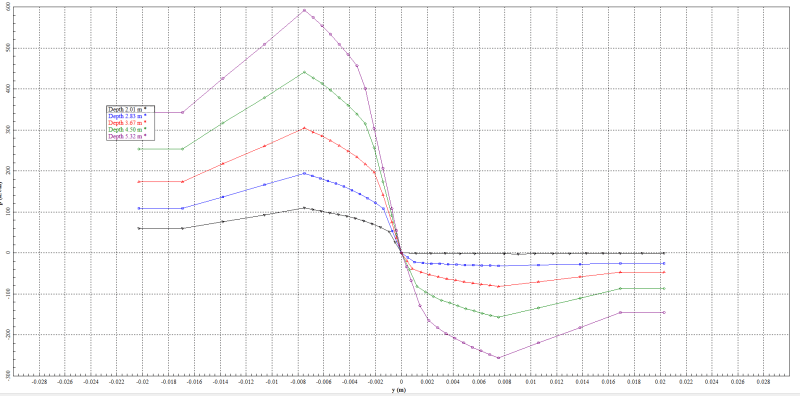I'm after some assistance please. Firstly I've just started to get into pile design. Initally started with Broms to Brinch Hansen and now P-Y Curves. But I'll be honest, its a mind bender. I understand the concept in the sense that soil reistance is related to the delfection of the pile. however what is mind boggling me is:-
When a p-y curve is produced, is the P the resistance? defined as kN/m. but how does this relate to a ultisation ration? i.e. I have a set of springs all giving varying soil reistance kN/m, I'm trying to visualise this what is the collapse soil resitance figure?
Hope this makes sense and any advise on where to start would be greatly appreciated
When a p-y curve is produced, is the P the resistance? defined as kN/m. but how does this relate to a ultisation ration? i.e. I have a set of springs all giving varying soil reistance kN/m, I'm trying to visualise this what is the collapse soil resitance figure?
Hope this makes sense and any advise on where to start would be greatly appreciated

